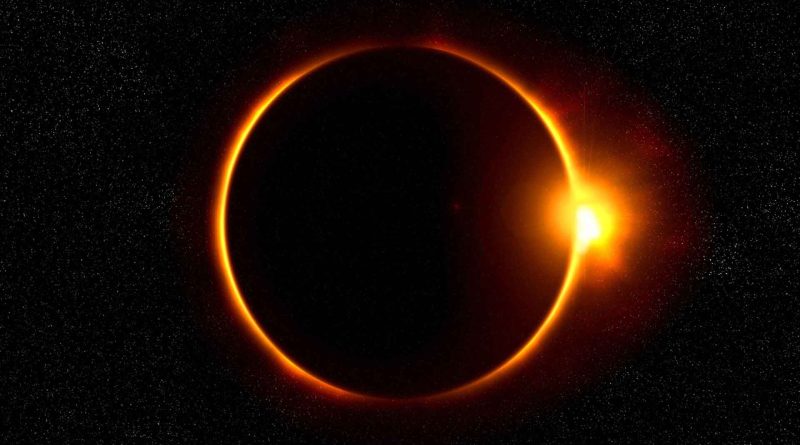Early Christmas gift: total lunar eclipse tonight!
Sky gazers in North and Central America and a tiny sliver of South America will boast the best seats to this year’s only total eclipse of the moon, though clouds may shield residents in Colorado from much of the show.
“Pretty much the whole Rocky Mountain region looks like it will be a mostly cloudy night,” said Randy Grey, meterologist with the National Weather Service. “I think we might have to wait for another one.”
The first inklings of the Earth’s shadow will begin to creep over the moon at 10:27 p.m. Monday, Grey said. The totality phase — when the moon is entirely inside Earth’s shadow — will begin at 12:41 a.m. and last a little more than an hour. Grey said the eclipse will end at about 4 a.m.
The moon is normally illuminated by the sun. During a total lunar eclipse, the full moon passes through the shadow created by the Earth blocking the sun’s light. Some indirect sunlight will still manage to pierce through and give the moon a ghostly color.
Since the eclipse coincides with winter solstice, the moon will appear high in the sky — a boon for skywatchers. With recent volcanic eruptions around the globe dumping tons of dust into the atmosphere, scientists predict the moon may appear darker than usual during the eclipse, glowing an eerie red or brown instead of the usual orange-yellow tinge.
Unlike solar eclipses which require protective glasses, lunar eclipses are safe to watch with the naked eye.
Do not worry, though, if the skies are cloudy Monday night.
There are two total lunar eclipses in 2011 — in June and December. North America will miss the June show and witness only a part of next December’s eclipse
The moon appears totally covered by shadow as the earth passes between the moon and the sun, during the lunar eclipse in this Jan. 9, 2001 file photo taken in Kiel, Germany. On Tuesday Dec. 21, 2010 the first day of northern winter, the full Moon passes almost dead-center through Earth’s shadow. The eclipse begins at 1:33 am EST. At that time, Earth’s shadow will appear as a dark-red bite at the edge of the lunar disk. It takes about an hour for the “bite” to expand and swallow the entire Moon. Totality commences at 2:41 am EST and lasts for 72 minutes. According to NASA the last total lunar eclipse that happened on the winter solstice was Dec. 21, 1638. The next one will Dec. 21, 2094.

